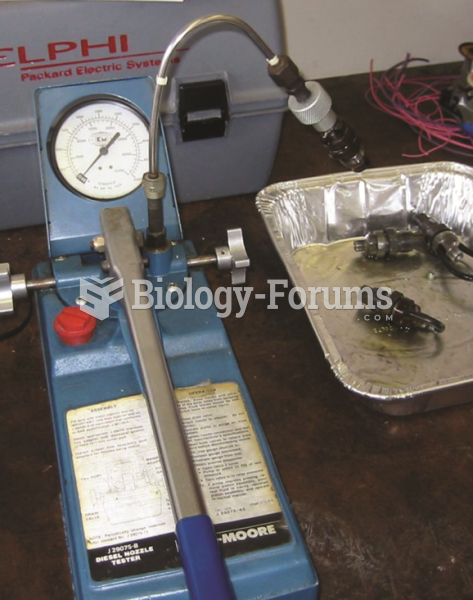Answer to Question 1
Correct Answer: 1
Rationale 1: Solutions of 3 NaCl can cause increased intravascular fluid volume, which can lead to pulmonary edema.
Rationale 2: The client will most likely develop hypernatremia secondary to treatment with 3 NaCl.
Rationale 3: Signs of thirst might occur, but the nurse does not need to monitor continuously for this.
Rationale 4: Treatment with 3 NaCl can be associated with a change in mental status but not with a diagnosis of depression.
Global Rationale: Solutions of 3 NaCl can cause increased intravascular fluid volume, which can lead to pulmonary edema. The client will most likely develop hypernatremia, not hyponatremia, secondary to treatment with 3 NaCl. Signs of thirst might occur, but the nurse does not need to monitor continuously for this. Treatment with 3 NaCl can be associated with a change in mental status but not with a diagnosis of depression.
Answer to Question 2
Correct Answer: 1
Rationale 1: Sodium chloride is administered for hyponatremia when serum levels fall below 130 mEq/L.
Rationale 2: A sodium level of 140 mEq/L is a normal value and does not require treatment.
Rationale 3: A sodium level of 145 mEq/L is a normal value and does not require treatment.
Rationale 4: A sodium level of 155 mEq/L indicates that a client is hypernatremic. It would be inappropriate to administer sodium chloride at this time.
Global Rationale: Sodium chloride is administered for hyponatremia when serum levels fall below 130 mEq/L. A sodium level of 140 mEq/L and 145 mEq/L are normal values and do not require treatment. A sodium level of 155 mEq/L indicates that a client is hypernatremic. It would be inappropriate to administer sodium chloride at this time.







